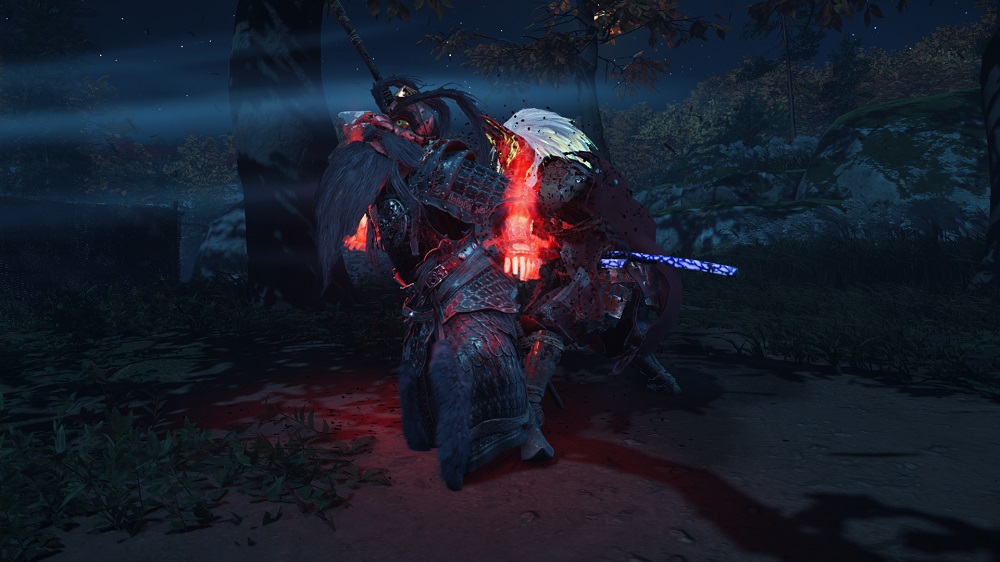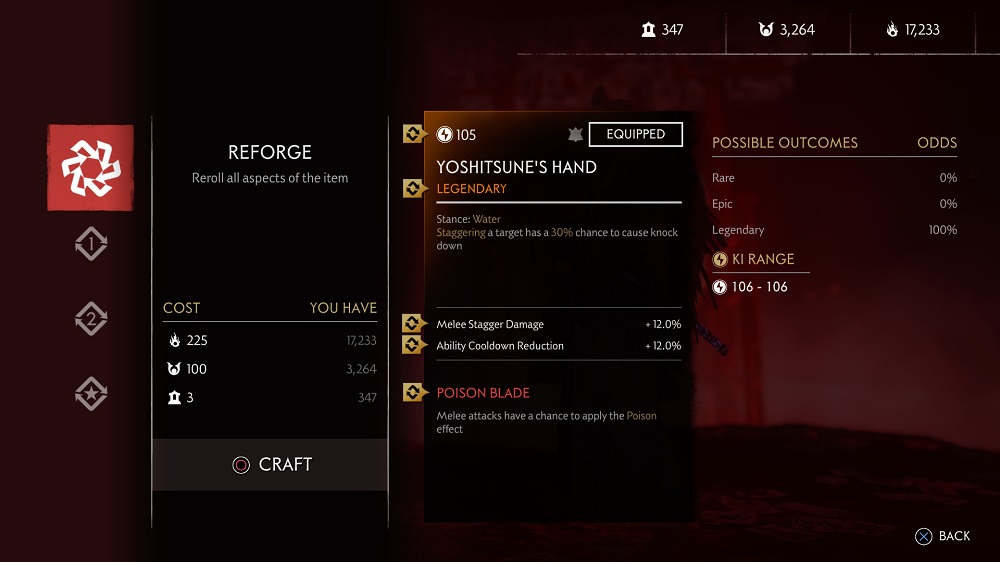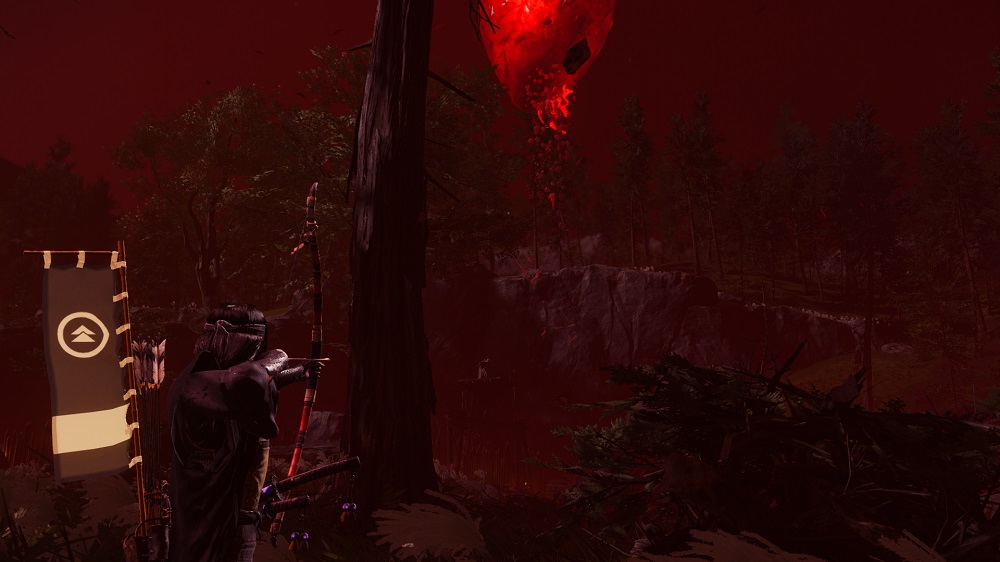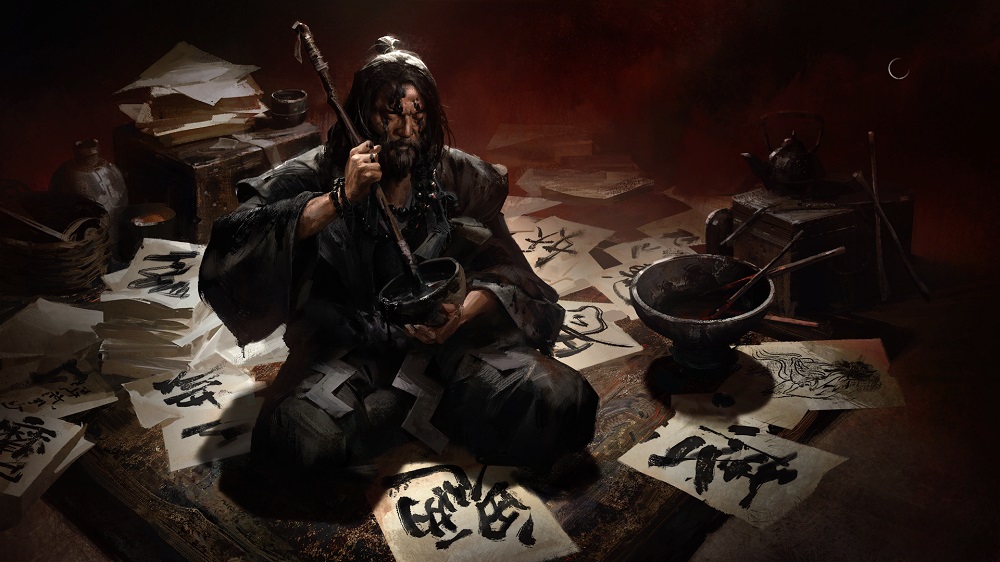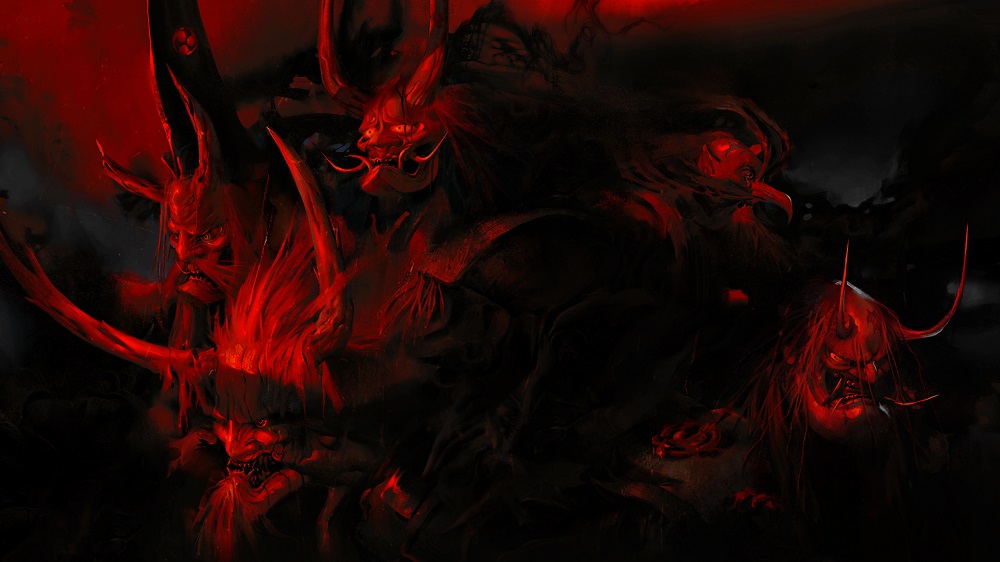For context, Ghost of Tsushima: Legends takes the game into a mythical direction befitting the Legends tag. You play one of four classes of Ghosts: a Samurai, a Hunter, a Ronin and an Assassin.
The Samurai is a self explanatory class – the not-quite tank and damage dealer equivalent, to use MMO comparisons. The Hunter is a fragile DPS character but can be difficult to use as you’ll have to aim with the DualShock 4 controller. The Ronin is oddly a support class, with healing and resurrecting abilities, as well as a summoning ability. The Assassin is another fragile DPS class which focuses on stealth strikes for massive damage, and breaking line of sight in combat to achieve them.
The Legend of Ghosts And Demons
Your foes are now seemingly possessed Mongol forces, with ferocious monsters from Japanese folklore thrown into the mix. The most numerous, and with the greatest variety, are the Oni. In higher difficulty levels, you’ll see Oni variants of enemy spearmen, archers, brutes, and even assault dogs. Then there’s the occasional Guandao-wielding Oni Lord, which uses Khotun Khan’s moveset. Then you have the Crow Tengu, which assaults you with waves of pecking crows in addition to their own staves. And finally, you have the apparitions of the Hannya demon, localised as Onibaba. The translation isn’t exactly wrong, but the inconsistency is still aggravating. Her apparitions will rapidly heal other enemies, basically making them immortal until the apparition is eliminated.
That’s a very impressive number of additions for a free DLC, and it doesn’t stop there either. While the human enemies are mostly the same as you’d find in the main game, their Oni variants all have at least one new move. The Oni Brutes are also entirely new, as are the Tengu and the Hannya apparitions, with entirely new movesets of their own. The new stuff, plus their higher health and damage, makes for a real increase in difficulty. The harder enemies are not just bigger damage sponges, they’re genuinely tougher foes with more tools at their disposal. Many other games just reuse the same enemies and bloat their health and damage values, consider that increased difficulty and call it a day. I’m looking at you, Warframe and The Division 2.
Doing loot and enemy design better than full-priced games
Speaking of The Division 2, Ghost of Tsushima: Legends also has a pretty straightforward but just deep enough to be satisfying loot mechanic. You progress by increasing your gear’s Ki score, just as you would the Gear Score in The Division 2 or Light Level in Destiny 2. Unfortunately, like those games, RNG plays a major part in getting the right stats for your perfect build. Also unfortunately, rerolling them has limitations. As once you reroll one stat, the others will be locked in. Not to mention that the resources required for rerolling are rather scarce.
But on the flip side, the game is very generous with its drops, unlike many other looter games out there. Depending on which game mode you play, you can get five pieces of gear in about 20 minutes of play. So by the time you approach the gear Ki cap, you’ll be swimming in gear to deconstruct for more resources. Alternatively, you can also completely reforge a gear piece to bring up their Ki score to your level, as well as reroll all the stats on the piece of gear. The end result is a better gear game than many of the popular looter games out there. And Ghost of Tsushima: Legends outdoes all those microtransactions riddled full-priced games despite being a free DLC. I mentioned game modes earlier, and there are two main ones: survival and story. The former is self explanatory. It may be the less efficient way to get gear, but many cosmetics are locked behind this mode. So you’ll still have to do this every once in a while.
Taking a darker tone for a darker story
As for the story mode, you’d think that Sucker Punch will slap together something simple for this. But what we get is the equivalent of something you’d expect to get from a short indie singleplayer title. The entire story is broken down into short tales, culminating in the raid that’s not yet released at the time of writing. They serve to not only explain the new mechanics introduced in Ghost of Tsushima: Legends, but also the new mythical enemy types. And while these tales take place in areas lifted from the main game, each area has their surroundings reworked slightly to fit the tale in question. The overall bright and vibrant colours of the main game are replaced with a more monotonous, gloomy and darker tones. Then you have hearts or dead bodies floating in the sky to further accent the spooky atmosphere.
Imagine a free DLC outdoing full-priced games
In the span of this review, I’ve mentioned twice that Sucker Punch has outdone other studios when it comes to enemy design and loot system. And the devs got this done properly right off the bat with Ghost of Tsushima: Legends. Which is especially amazing when other looter games take multiple patches over countless months or even years to get them even halfway decent. The best things about it is the fact that this is a free DLC that isn’t intended to be a live service. I mentioned in base game’s review that it will probably not be winning any Game of the Year awards. I said this at the time because, while the game is objectively great, it doesn’t come with the controversy that The Last of Us Part II, for example, does. And controversy like that usually grants a game unreasonable bonus points to those who have the power to decide which games get awarded.
But with the Legends DLC, the sheer merit of Ghost of Tsushima will be enough to take the cake. And with Cyberpunk 2077 getting delayed to the same day as The Game Awards 2020, it’s safe to say that Sucker Punch will get the recognition they deserve. Even if it doesn’t get the award, it will still be my personal GOTY.

